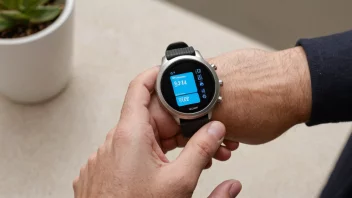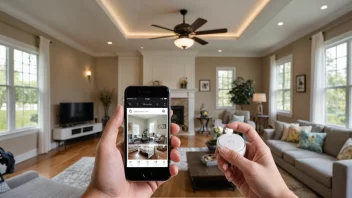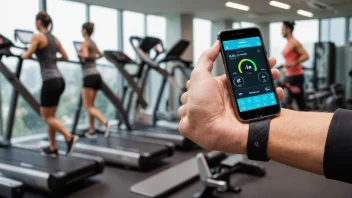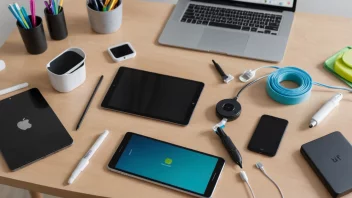As we age, staying on top of our health becomes increasingly important, and wearable technology can play a crucial role in health monitoring. Two of the most popular options on the market are the Fitbit and Apple Watch. Both devices offer various features designed to help users track their fitness levels, monitor health metrics, and enhance their overall well-being. In this article, we will compare the Fitbit and Apple Watch, focusing on their health monitoring capabilities, ease of use, battery life, and overall value to help older adults make informed decisions about which wearable is best suited for their needs.
Health Monitoring Features
When it comes to health monitoring, both the Fitbit and Apple Watch have impressive capabilities, but they do cater to slightly different needs.
Fitbit Health Monitoring
Fitbit devices are renowned for their focus on fitness tracking. They generally offer features such as:
- Heart Rate Monitoring: Continuous heart rate tracking allows users to monitor their heart health throughout the day.
- Sleep Tracking: Fitbit tracks sleep patterns, providing insights into sleep quality, duration, and stages.
- Steps and Activity Tracking: Users can track their daily steps, active minutes, and calories burned to encourage an active lifestyle.
- Stress Management: Many Fitbit models include features to track stress levels and breathing exercises to help users manage stress.
Apple Watch Health Monitoring
The Apple Watch offers a broader range of health features, including:
- ECG Monitoring: The built-in ECG app allows users to take an electrocardiogram to check for irregular heart rhythms.
- Blood Oxygen Monitoring: Certain models can measure blood oxygen levels, providing insights into respiratory health.
- Fall Detection: The Apple Watch can detect hard falls and automatically alert emergency services if the user does not respond.
- Comprehensive Activity Tracking: Like Fitbit, it tracks daily activity levels, but it also integrates seamlessly with a wide range of third-party health apps.
Ease of Use
For older adults, ease of use is a critical factor when choosing a wearable device.
Fitbit User Experience
Fitbit devices are generally straightforward, with user-friendly interfaces. The mobile app is intuitive, allowing users to easily navigate through their data. The display is clear, and the touch screen is responsive, making it simple to access health metrics and notifications.
Apple Watch User Experience
The Apple Watch, while feature-rich, may have a steeper learning curve for some users. Its interface is sleek but may be overwhelming for those who are not tech-savvy. However, once users familiarize themselves with the device, they can enjoy a seamless experience integrating with other Apple products.
Battery Life
Battery life is another essential consideration, especially for older adults who may not want to deal with frequent charging.
Fitbit Battery Life
Fitbit devices are known for their impressive battery life, often lasting up to a week on a single charge, depending on the model and usage. This longevity makes it easier for users to wear the device continuously, which is beneficial for health monitoring.
Apple Watch Battery Life
In contrast, the Apple Watch typically lasts around 18 to 24 hours on a single charge, which means users may need to charge it daily. This can be inconvenient for those who prefer to track metrics around the clock.
Cost and Value
Price is always a consideration, especially for older adults who may be on a fixed income.
Fitbit Pricing
Fitbit devices are generally more budget-friendly, with various models available to fit different price points. This makes them accessible to a broader audience, especially those looking for essential health monitoring features without breaking the bank.
Apple Watch Pricing
The Apple Watch comes with a higher price tag, reflecting its advanced features and capabilities. While the investment may be worth it for some users, others may find that the additional features exceed their needs.
Final Thoughts
Both the Fitbit and Apple Watch offer valuable health monitoring solutions for older adults, but they cater to different preferences and needs. If you're looking for a straightforward, budget-friendly option focused primarily on fitness tracking and basic health metrics, a Fitbit may be the ideal choice. However, if you want a more comprehensive health monitoring experience and are comfortable with technology, the Apple Watch's advanced features might be worth the investment. Ultimately, the best choice will depend on individual preferences, tech-savviness, and specific health monitoring needs.






